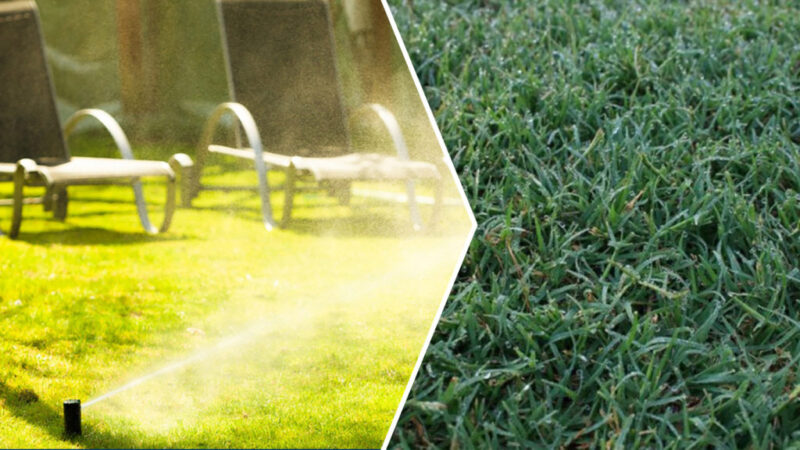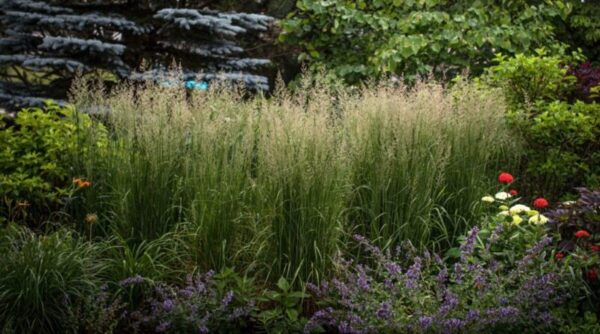Blanket flowers, also known as Gaillardia, are popular perennials known for their bright and cheerful daisy-like flowers. They are relatively easy to grow and can add a burst of color to your garden. Here’s some expert advice on how to grow and care for blanket flowers:
Planting Location:
- Choose a sunny location: Blanket flowers thrive in full sun, so make sure they receive at least 6-8 hours of direct sunlight per day.
- Well-drained soil: They prefer well-drained soil that is not too rich. Sandy or loamy soils are ideal.
Planting Time:
- Plant in spring: The best time to plant blanket flowers is in the spring after the danger of frost has passed. They can also be planted in early fall.
Soil Preparation:
- Amend the soil: If your soil is heavy or poorly drained, amend it with organic matter like compost to improve drainage.
Planting:
- Space them properly: Plant blanket flowers about 12-18 inches apart to allow for good air circulation.
- Planting depth: Dig a hole slightly larger than the root ball and place the plant at the same depth it was in the nursery container.
Watering:
- Water deeply: Blanket flowers are drought-tolerant once established, but they still need regular watering during their first growing season to help establish a strong root system.
- Avoid overwatering: Ensure the soil dries out between watering to prevent root rot.
Mulching:
- Apply a 2-3 inch layer of mulch around the plants to help conserve moisture and suppress weeds. Avoid piling mulch against the plant stems.
Fertilizing:
- Minimal fertilization: Blanket flowers don’t require heavy feeding. You can apply a balanced, slow-release fertilizer in early spring, but avoid excessive nitrogen, which can promote foliage growth at the expense of flowers.
Deadheading:
- To encourage continuous blooming, deadhead spent flowers regularly by cutting them back to the nearest set of healthy leaves or buds.
Pruning:
- In early spring, you can cut back the entire plant to about 4-6 inches above the ground to promote new growth and a more compact habit.
Pest and Disease Control: – Blanket flowers are relatively resistant to pests and diseases. However, keep an eye out for aphids, snails, and slugs, and treat them promptly if they become a problem.
Winter Care: – In colder climates, blanket flowers may benefit from a layer of mulch in the winter to protect the roots from freezing temperatures.
Division: – Every 2-3 years, consider dividing mature blanket flower clumps in the spring to rejuvenate them and create new plants.
With proper care, blanket flowers can provide vibrant colors to your garden throughout the summer and into the fall. Enjoy their beauty and the pollinators they attract, such as butterflies and bees.





